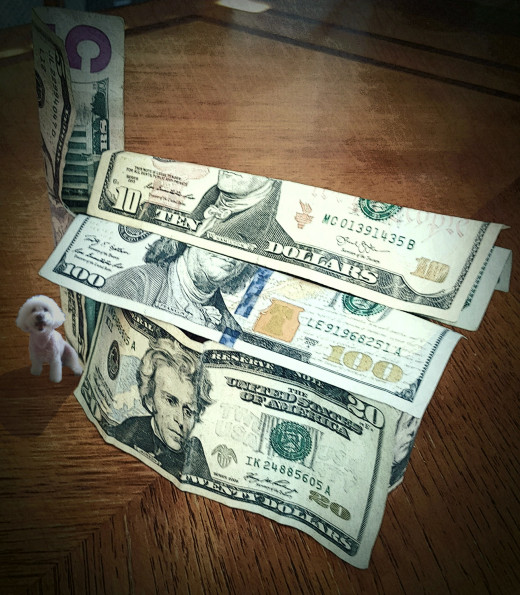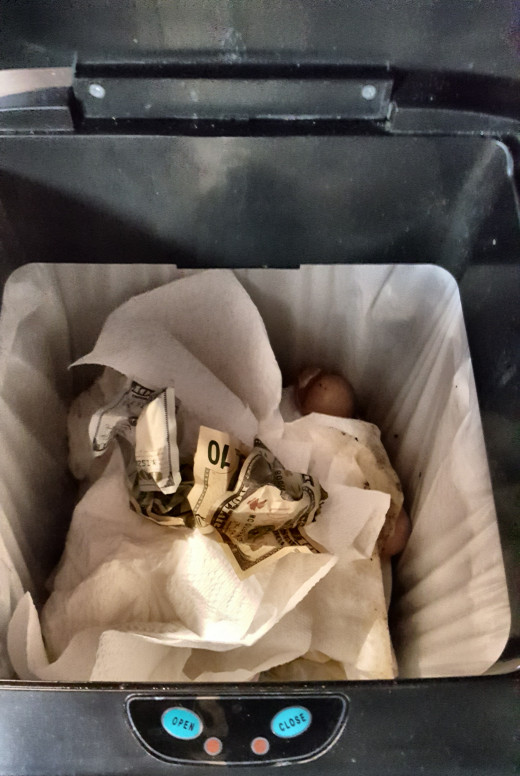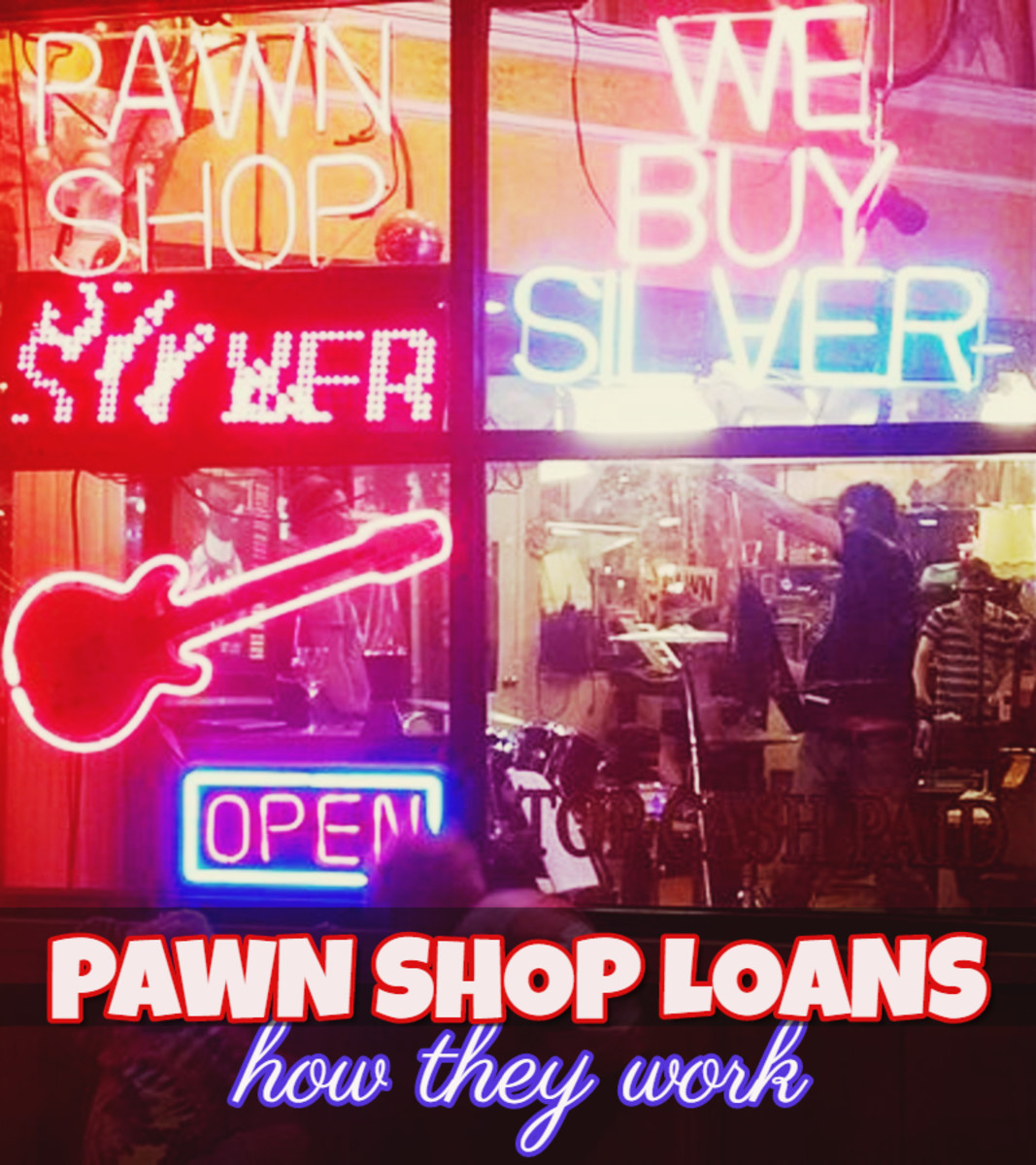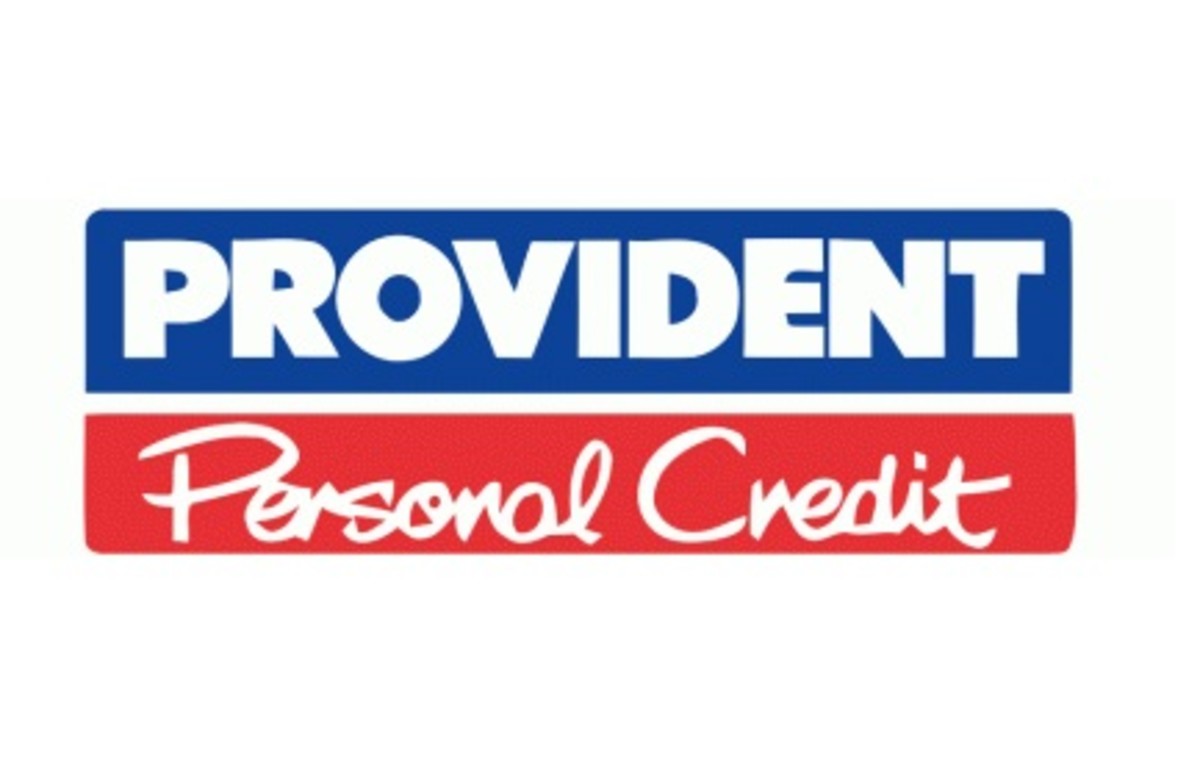An Overview of Secured Personal Loans
An Overview of Secured Personal Loans
Secured personal loans are loans given to individuals who put up one or more personal assets as collateral against the loan note. If the loan defaults, the assets become the possession of the lending institution, where they may sell the items in order to recoup the value of the loan amount. These types of loans are offered by most lenders as their level of risk is reduced compared to a conventional Time Loan or Unsecured Loan. The lender will typically allow a loan amount equal to the estimated value of the assets held in collateral. The more collateral the borrower puts up, the higher the loan amount. For this reason, individuals seeking a large sum loan amount may consider putting the deed to their house as collateral for the secured personal loan. The value of the home and the amount owed on the mortgage will be taken into consideration, resulting in the loan being given based on the equity value in the residence. Be very cautious before putting your deed as collateral... if you default on the loan and don't have alternate means to pay it, you may very well lose your home. Lenders are in the business to make money and they will not shed a tear during your hardships. Ultimately, YOU are responsible to ensure your personal secured loan is paid in full at the end of the loan term.
A Large Sum Loan May Require Putting The Deed To Your House As Collateral.

Why Bankers Can't Lose With a Secured Personal Loan
Banks and lenders prefer secured personal loans because their risk involvement is greatly reduced. To help illustrate the attractiveness of this kind of loan, let's play out two different scenarios.
Scenario #1 - Everyone's happy
Dave decides that he needs to take out a secured personal loan in the amount of $30,000 for some much-needed home improvements. Other than his home, Dave also owns a small piece of real estate valued at about $40,000. Dave walks into his local loan office and puts the deed to his real estate investment as collateral against the $30,000 loan. Because of the value of his collateral, Dave is able to get the entire $30,000 he requested and gets an extremely low-interest rate to boot. Dave hires contractors, pays for materials and decorations, and renovates his home in a manner that he's ecstatic about. Dave works his day job and is able to make all his monthly loan payments on-time and pays off the entire secured personal loan and all applicable taxes and fees. Dave's happy since he got what he wanted and is able to recover his collateral and the lending institution is happy since the loan was paid off and they made their money from the fees and interest. Now, let's take a look at a different scenario.
Don't Throw Money Away

Scenario #2 - One side is happy
Dave needs that $30,000 loan for his home improvement projects. This time, however, assume Dave does not have any extra real estate to put up as collateral. Instead, his only collateral is the very home in which he needs the loan to make improvements. Dave puts up the deed to his house as collateral, feeling confident he can make his monthly loan payments from his day job. Dave hires contracts, painters, workers, and pays for all materials for the renovations, depleting the entire loan amount. Dave has his day job and is able to make the first few payments on his loan. All is going well until an unfortunate and unexpected illness hits Dave, keeping him out of work indefinitely. Unable to work, the secured personal loan starts to become delinquent. After only a few missed loan payments Dave is warned he is in danger of losing his collateral unless the loan note is caught up. Ironically, the collateral that Dave is in danger of losing is the very reason he borrowed the money from the bank in the first place! Without proper back-up in case of an unfortunate event, Dave will most likely lose his home and not be able to recoup any of the investments he made in improvements with the loan. This is ultimately the worst-case scenario for an individual. However, the lender still wins as the loan note is paid through the acquisition and sale of the assets held as collateral.
When it comes to borrowing money, the rule of thumb is to ALWAYS have a backup plan. This holds even truer when taking on a secured personal loan with large value or sentimental assets given as collateral. With some planning and understanding, you can ensure that you're the one who wins when taking out a secured personal loan.
This article is accurate and true to the best of the author’s knowledge. Content is for informational or entertainment purposes only and does not substitute for personal counsel or professional advice in business, financial, legal, or technical matters.
© 2019 Jason Nicolosi








